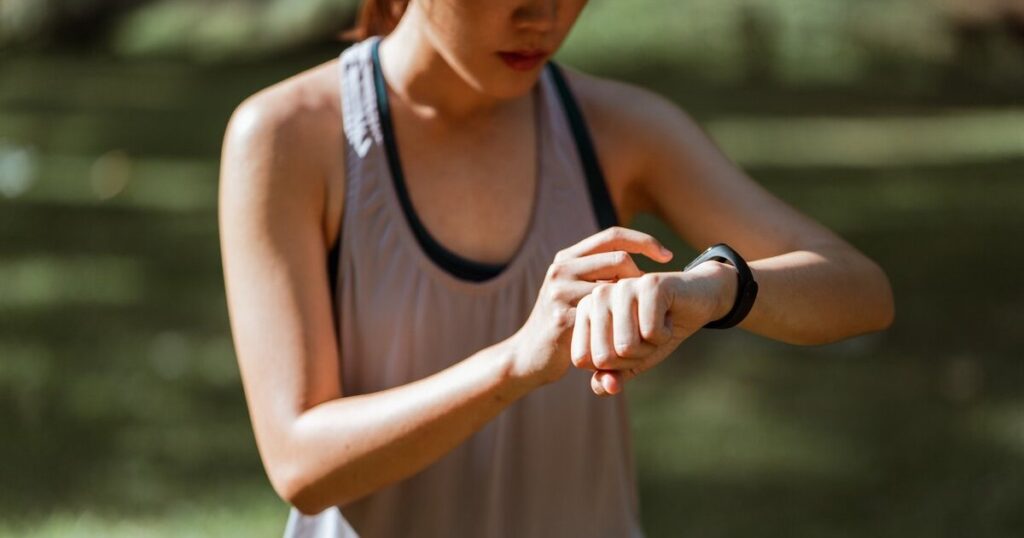
A research team from the Tokyo University of Science has designed a novel sweat sensor for continuous monitoring of lactate, which is helpful for predicting muscle fatigue.
WHAT IT’S ABOUT
In a study, researchers address a common issue in existing microfluidic technologies: when used to monitor sweat biomarkers, microfluidic channels tend to trap air bubbles, thus getting the measurement interrupted.
The proposed design by TUS researchers uses a larger sweat reservoir. TUS associate professor Dr Isao Shitanda explained: “By increasing the length of the reservoir in the microfluidic channel, a space of approximately four microliters was created for trapping any air bubbles that infiltrate the device, thereby preventing them from contacting the electrodes of the sensor.”
FINDINGS
The study, whose findings were published in the journal ACS Sensors, verified the bubble-trapping mechanism of the novel sensor. It also found that the lactate measurement was not affected by sweat flow rate while sensor response remained stable for two hours. The sensor had also been tested on a volunteer who exercised on a stationary bike for about an hour.
WHY IT MATTERS
The human sweat can provide insights into a person’s hydration level, electrolyte balance, and overall physiological state, TUS researchers noted. Their latest invention can potentially facilitate health monitoring and athlete training management.
“Since the microfluidic system of the proposed lactate sensor is fabricated from a soft, flexible, and non-irritating material, it could be used to continuously monitor lactate levels in sweat, especially in sports and medicine,” Dr Shitanda claimed.
THE LARGER TREND
In connected fitness tech, popular sports drink vendor Gatorade launched two years ago a sweat-tracking patch and an accompanying fitness monitoring app for athletes to track their hydration, salt concentration, and other metrics.
Researchers from Massachusetts-based Tufts University have also designed a sensor patch that can be sewn onto garments for tracking sweat biomarkers.

